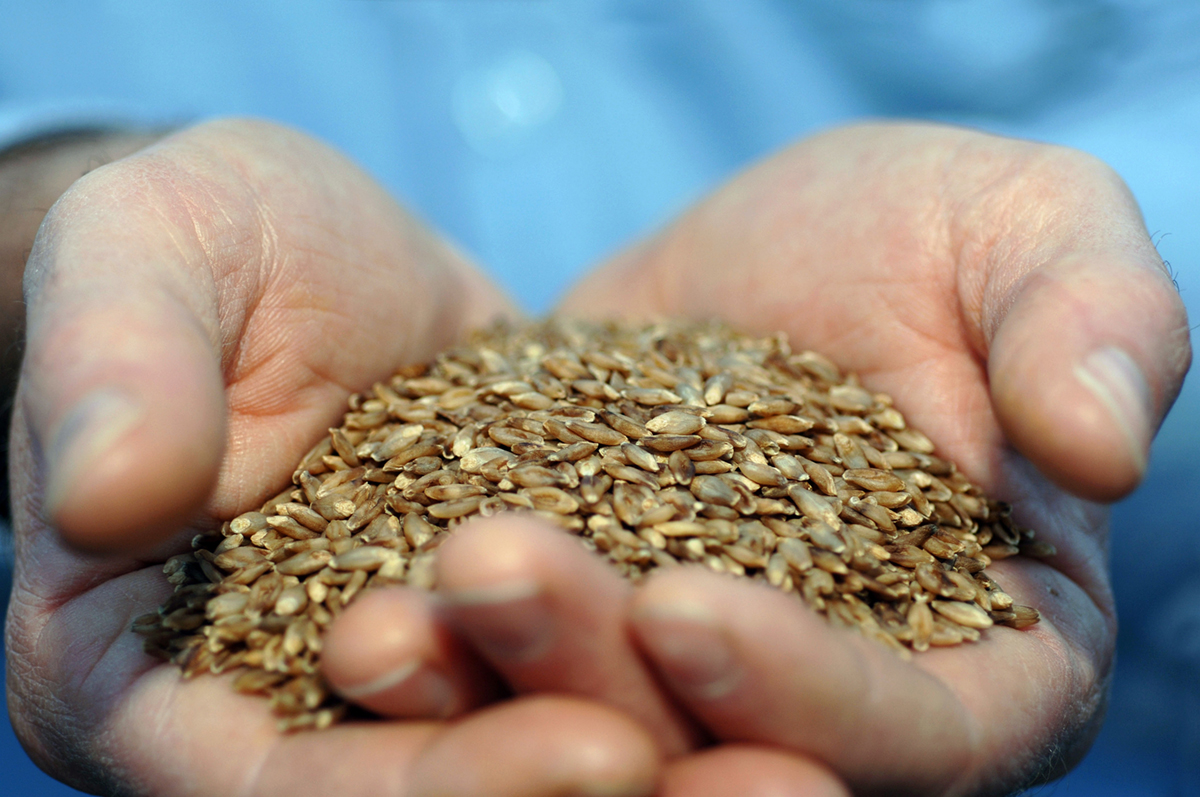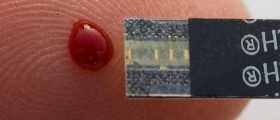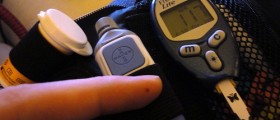
Introduction to Gestational Diabetes
Diabetes is a term that refers to a group of the metabolicdiseases characterized by a person having high blood sugar (glucose), either becausethe cells are not responding to the insulin that is being produced, or becausethe body itself is not producing enough insulin (insulin is a hormone producedby the pancreas, and it helps the sugar from the food enter the cells) .
Gestational diabetes is a type of diabetes that occurs onlyto pregnant women. It is a condition in which women who were not diagnosedpreviously with diabetes exhibit high levels of glucose in their bloodstream. Thisdoes not happen to all pregnant women. It usually affects 3 to 10% of allpregnant women.
Causes
Researchers don't yet knowexactly why some women develop gestational diabetes. During pregnancy,the body produces a number of hormones in order to sustain the pregnancy.However, these hormones can impair the effect that insulin is supposed to have.And in some cases, it can lead to gestational diabetes. This type of diabetesusually goes away after childbirth. However, being that it can cause harm tothe child, it is important that pregnant women consult a doctor as soon as theyhave suspected something’s wrong. They should be regularly checked by a doctor,because the symptoms are usually associated with pregnancy and it is easy tooverlook them. The doctor will prescribe the best course of treatment, and thushe will be able to manage the disease throughout the pregnancy.
Diet Plan for GestationalDiabetes
When under a treatment prescribed by a doctor, it isimportant that a woman eat a healthy diet. Gestational diabetes diet issupposed to help maintain both the health of the mother and of the baby. It isdesigned for each pregnancy based on the mother's weight and height, to supplyan adequate amount of calories and nutrients and also control blood glucoselevels. The diet plan should be monitored by one’s gynecologist.
Firstly, the mother should have five meals per day(breakfast, morning snack, lunch, afternoon snack, and dinner). This will helpthe body digest food more easily. For breakfast, one should eat 3 carbohydratechoices such as 2 breads or starches like 1 cup cooked oatmeal, 1 milk like 1cup skim milk, 1 ounce meat or proteinlike ½ cup scrambled egg; 2 fats, like 2 teaspoon margarine.
For morning snack:1 slice whole-wheat bread with 1 tablespoon peanut butter, 1 tablespoonreduced-sugar jam, 8 fluid ounces nonfat skim milk, and for lunch: 1 whole-wheat pita, ½ cup chopped tomato, ½cup cooked black beans, 1 ounce low-fat sharp shredded cheddar cheese, 1 tablespoonsalsa, 2 teaspoon olive oil, 8 fluid ounces nonfat skim milk.
For the afternoonsnack, one should eat 1 apple, 12 fluid ounces nonfat skim milk, and 1tablespoon peanut butter. Dinner should consist of: a 3-ounce chicken breast, 4 ounces pineapplerings, 1 tablespoon sesame seeds, toasted, 1 tablespoon sesame oil, 2 teaspoonsoy sauce, ½ cup cooked green beans, ¼ cup instant rice, 1 teaspoon cornstarch,¼ pound strawberries.
Of course, this is just an example of a nutritious diet, and one should consult aprofessional. Also, blood glucose levels should be checked regularly to see ifthere is any improvement.
















Your thoughts on this
Loading...